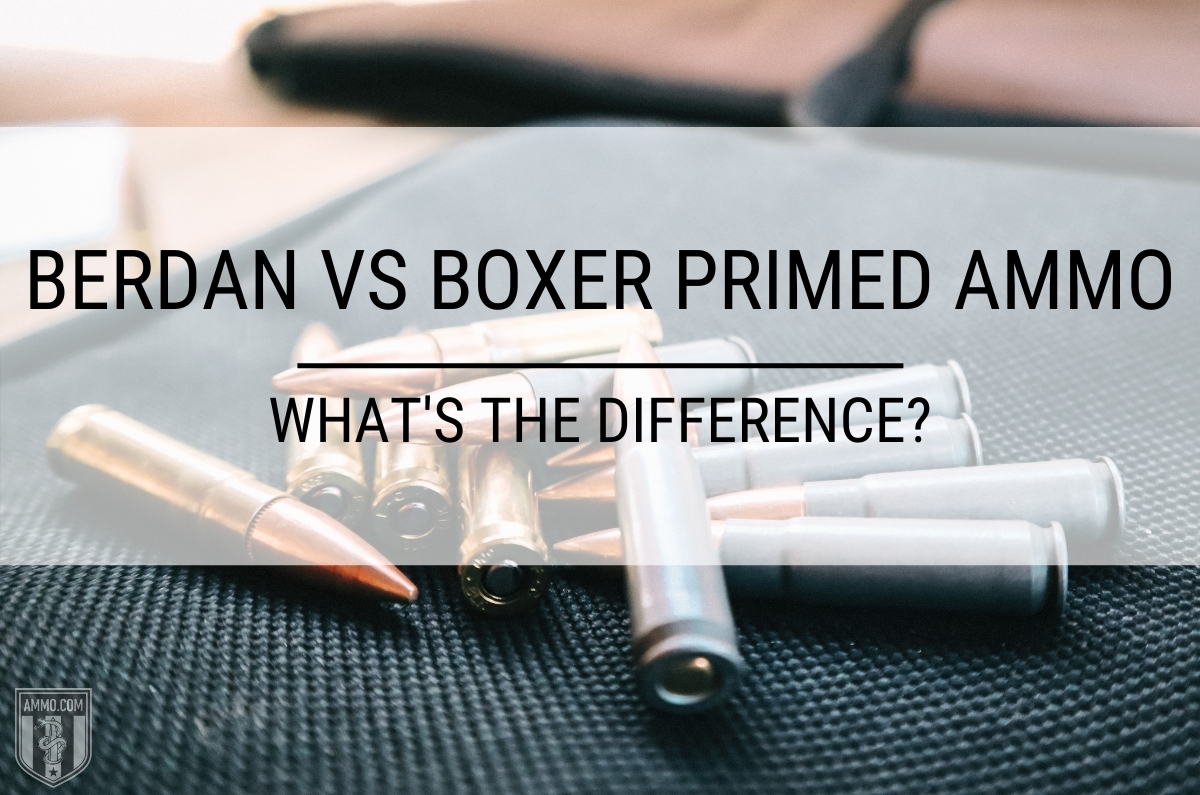Fascination About Winchester Primers
Table of Contents5 Easy Facts About Rifle Primers ShownUnknown Facts About Remington PrimersThe Single Strategy To Use For Winchester PrimersThe smart Trick of Primers In Stock That Nobody is Talking AboutNot known Details About Primers For Sale
Component of the gun cartridge for starting propellant burning In weapons as well as weapons, the guide () is the chemical and/or tool accountable for starting the propellant burning that will certainly press the projectiles out of the gun barrel. In early black powder guns such as muzzleloaders, the primer was essentially the same chemical as the major propellant (albeit generally in a finer-powdered kind), however put into an external flash frying pan, where maybe stired up by an ignition source such as a slow-moving suit or a flintlock though some muzzleloaders have primers like cap gun caps. small pistol primers.
Instances consist of pistol cartridges, rifle cartridges, as well as shotgun shells. Bigger artillery items on the other hand typically utilize electrical priming. In weapons the primers are regularly a separate component, placed inside the barrel to the rear of the main propellant chargebut there are other instances of weapons, consisting of for instance some automated weapons, created to shoot cartridges with essential electrical primers.
A Biased View of Cci Primers

This hole was filled with carefully ground powder, which was then ignited with a hot coal or torch. With the development of hand-held weapons, this became an undesirable way of firing a gun. Holding a burning stick while trying to put a fee of black powder thoroughly down a barrel is unsafe, and also trying to hold the weapon with one hand while all at once focusing on the target and also looking for the touchhole makes it extremely challenging to fire properly. [] The first effort to make the process of shooting a small arm much easier was the "matchlock".
, and also dried. After the gun was filled and also the touchhole keyed with powder, the burning suggestion of the suit was placed so that the lock would certainly bring it right into call with the touchhole.
Not known Factual Statements About Reloading Primers
This brought the match down to the touchhole, stiring up the powder - https://ouo.io/q1VU9H. With cautious focus, the slow-burning suit can be kept melting for long periods of time, and also the usage of the lock device made relatively exact fire feasible. The next transformation in ignition technology was the "wheel-lock".

The protected flashpan additionally gave some capacity to endure poor climate. federal primers. Wind, rainfall, and wet weather would certainly provide a matchlock ineffective, but a wheel-lock that was loaded and also waterproofed with a little bit of oil around the flashpan might be terminated under most conditions. The wheel-lock enjoyed just a quick period of appeal prior to being superseded by an easier, extra robust style.
What Does Reloading Primers Do?
The flint was held in a spring-loaded arm, called the "cock" from the resemblance of its motion to a pecking hen. The cock turned through approximately a 90-degree arc site here and also was held in the tensioned, or "cocked" setting by a trigger.
The "half-cock" position held the cock midway back, and also made use of a deep notch to make sure that pulling the trigger would certainly not launch the penis. Half-cock was a safety and security position, made use of when filling, keeping or lugging a loaded flintlock. The "full-cock" placement held the dick completely back as well as was the setting where the weapon was discharged.
It functioned as both a flashpan cover and a steel striking surface area for the flint. The frizzen was hinged as well as spring-loaded to make sure that it would secure the open or closed position. When shut, the striking surface area was positioned to ensure that the flint would strike at the proper angle to generate a stimulate.
The Ultimate Guide To Rifle Primers
The flintlock mechanism was easier and more powerful than the wheel-lock, and also the flint and also steel supplied an excellent, reputable resource of ignition. The flintlock continued to be in military service for over 200 years, as well as flintlocks are still made today for historic re-enactments and also muzzle-loading target competition, and also for seekers who enjoy the added obstacle that the flintlock provides.
Percussion ignition was designed by Scottish clergyman Rev. Alexander John Forsyth in 1807 but needed additionally improvements before it was slowly approved in the 1820s to 1830s. By the center of the 19th century, the percussion or caplock system was well established. It was taken on by both sides in the American Civil Battle, as it was simpler and more trusted than the flintlock.
The flashpan and frizzen were gotten rid of and replaced by a small, hollow horizontal cyndrical tube (drum) screwed right into the bored-out and also touched flash opening and lugging a "nipple area" over which the cap might be fitted. A "hammer" which also had half-cock (for filling and also using the cap) and also full-cock placements replaced the dick.